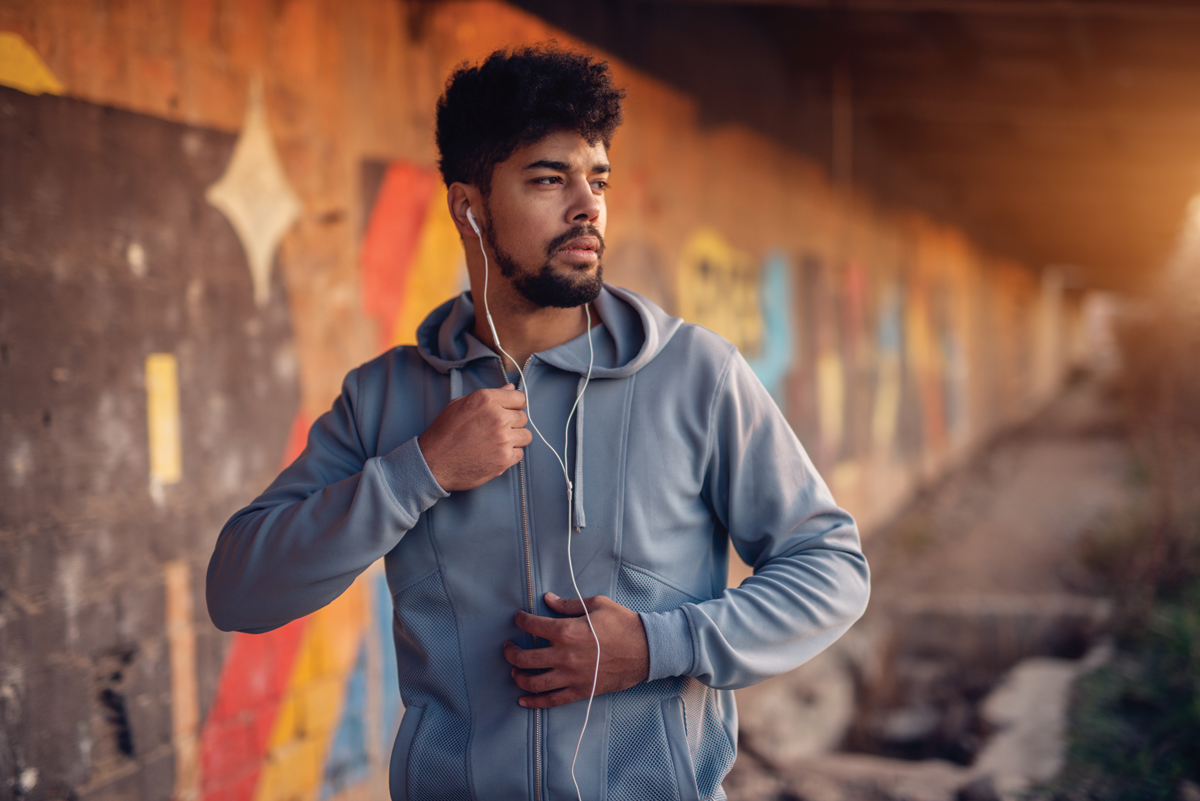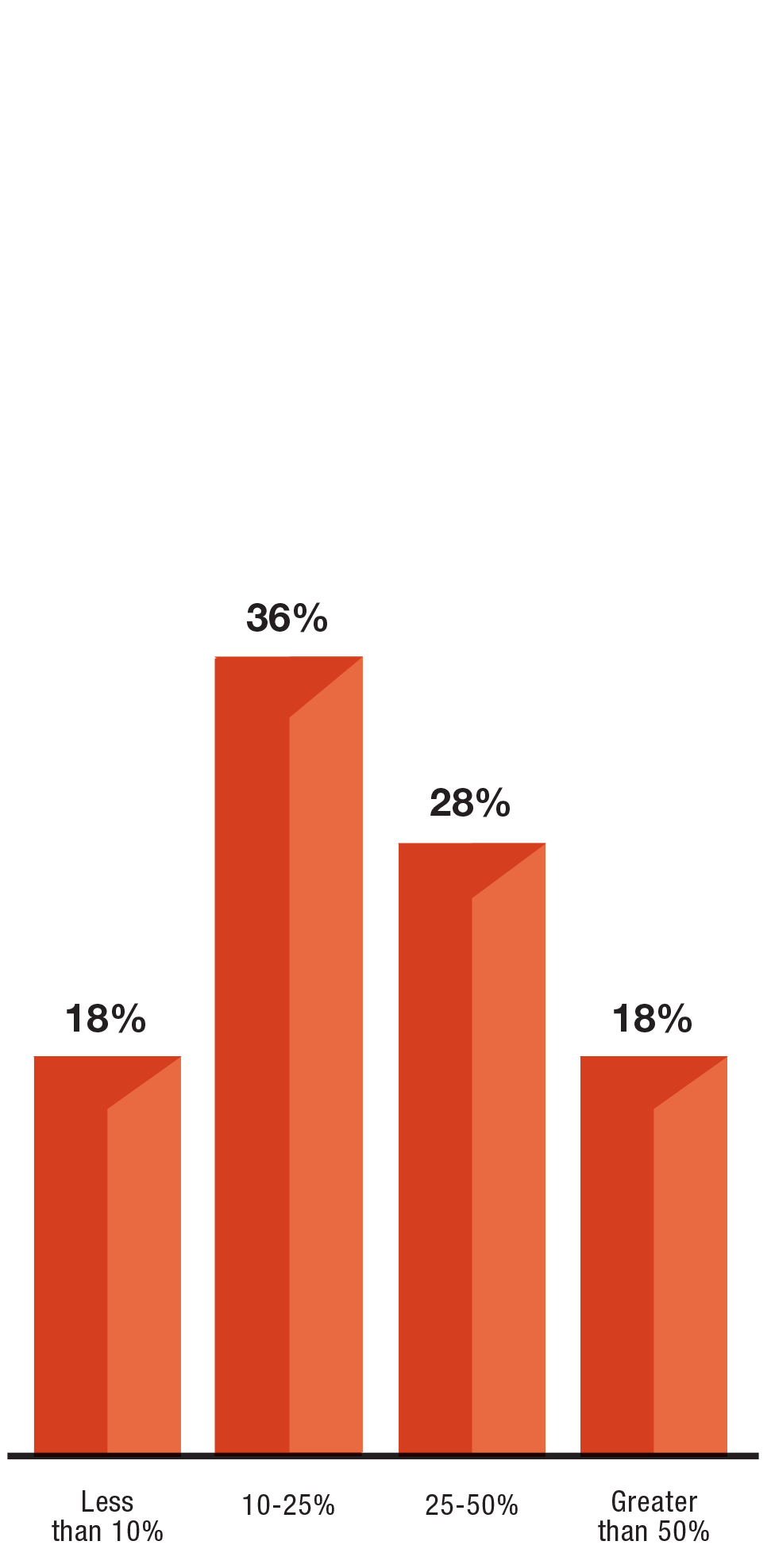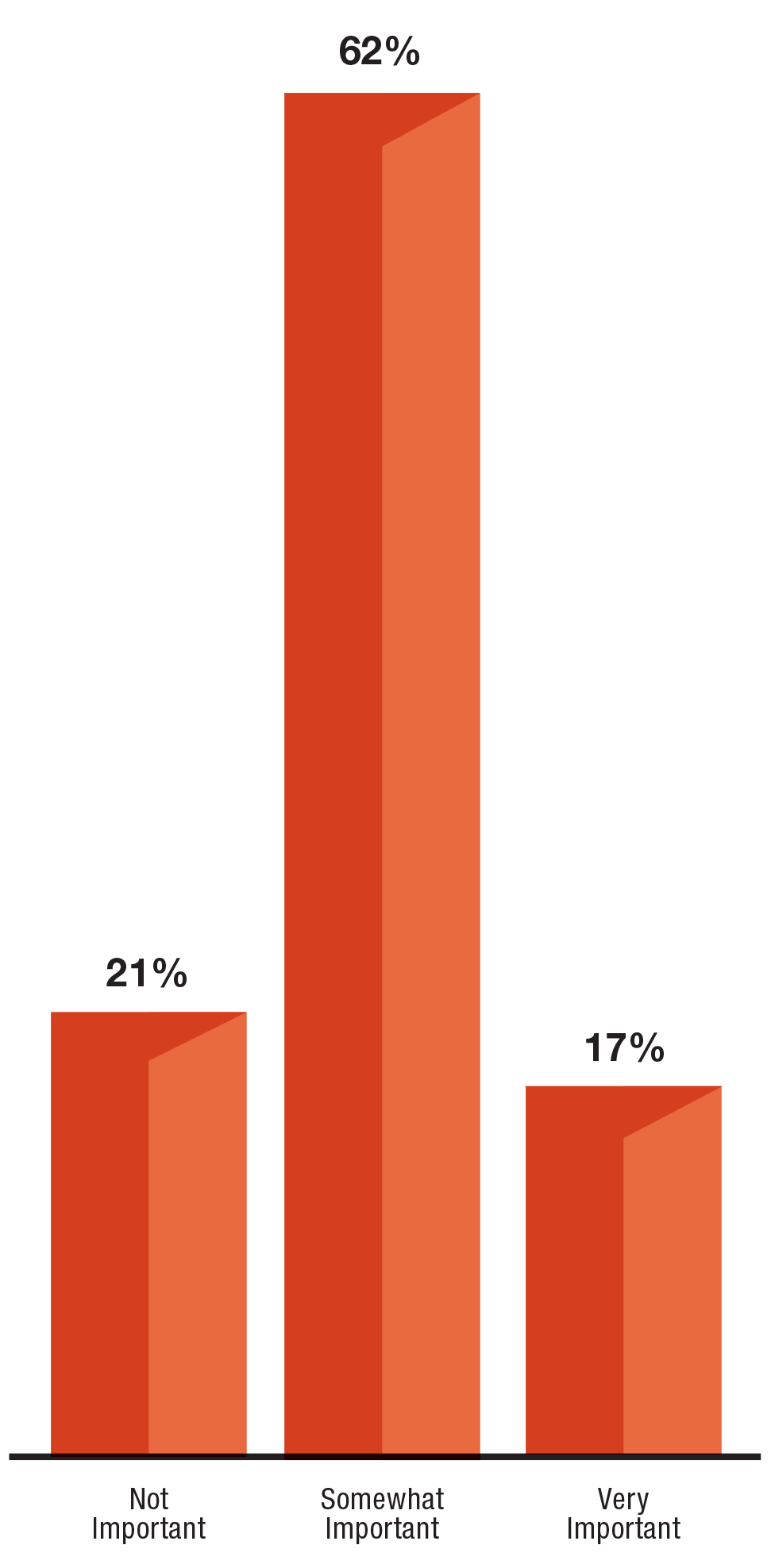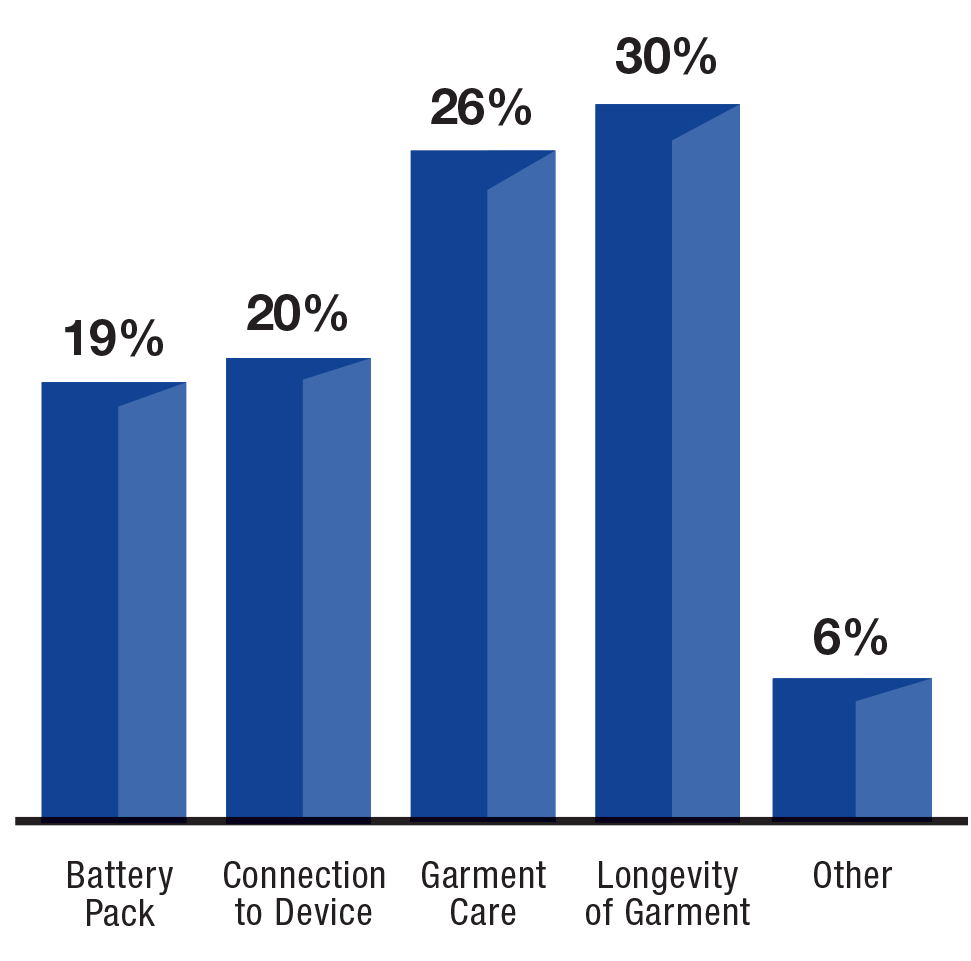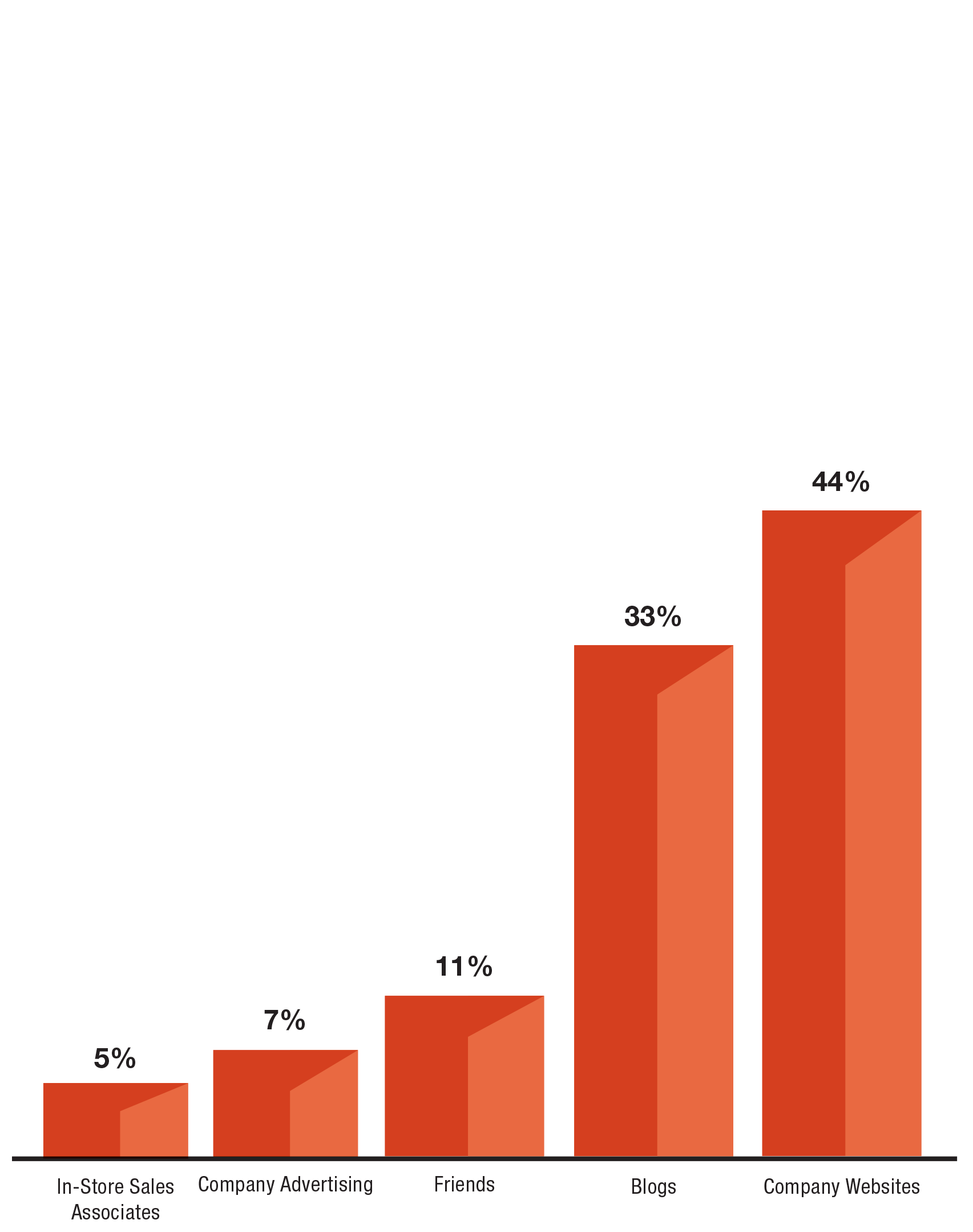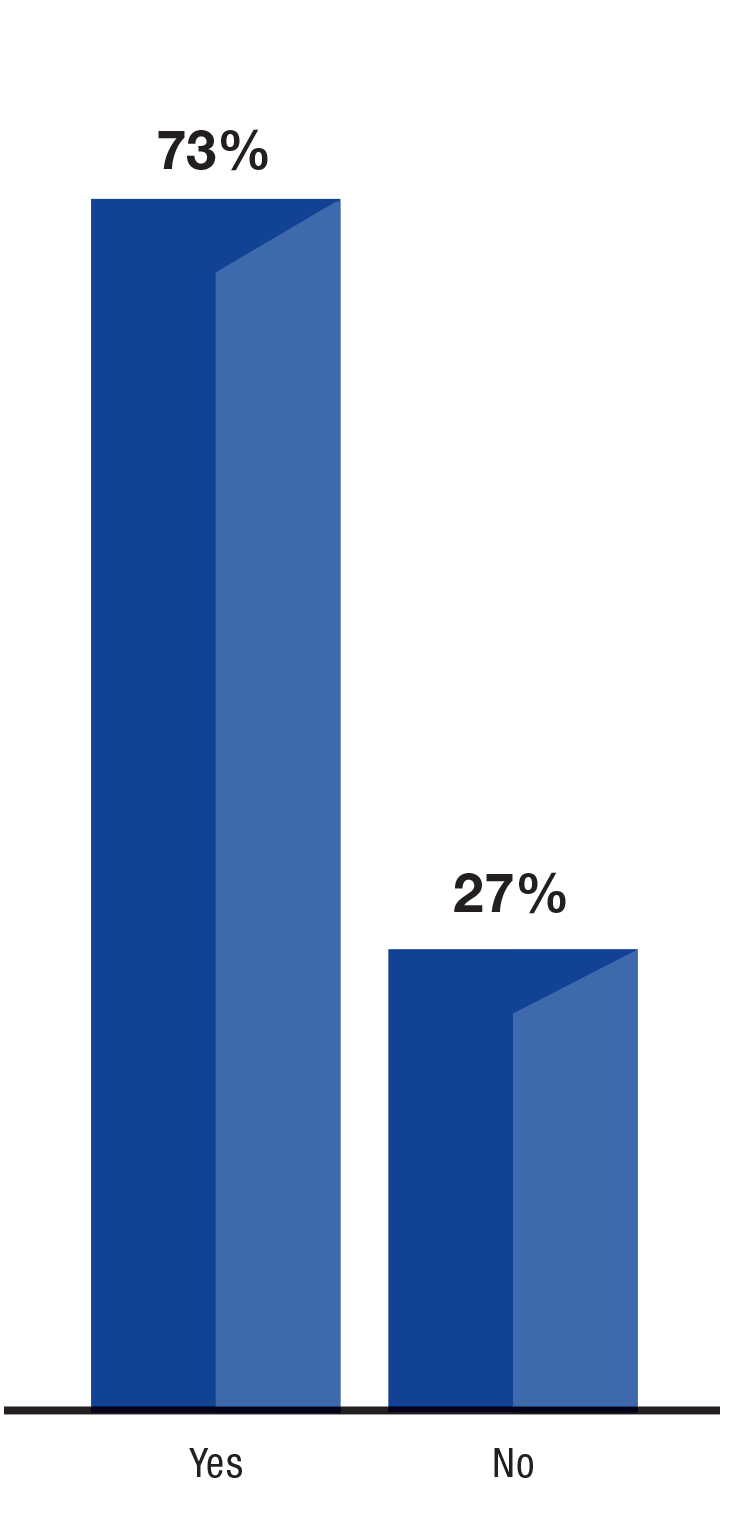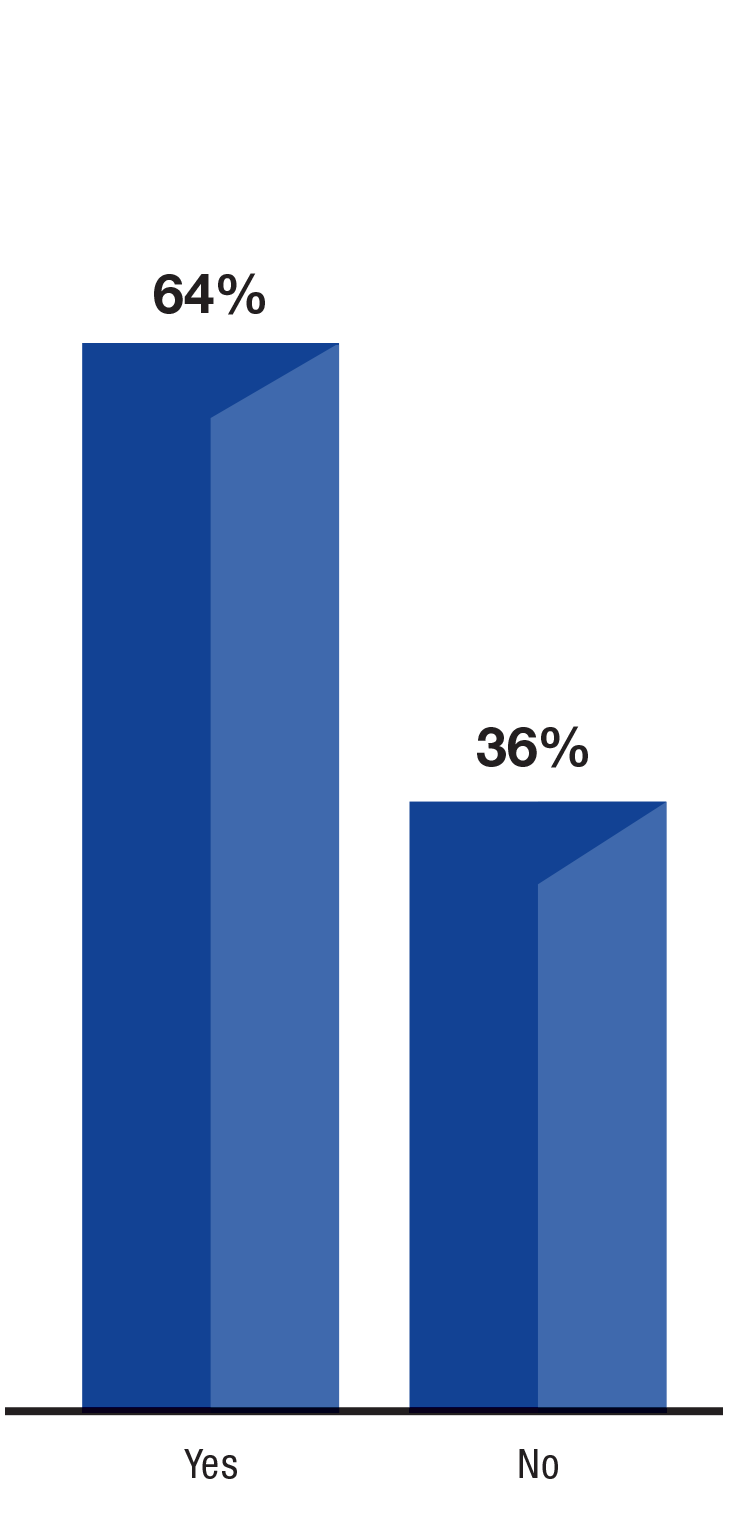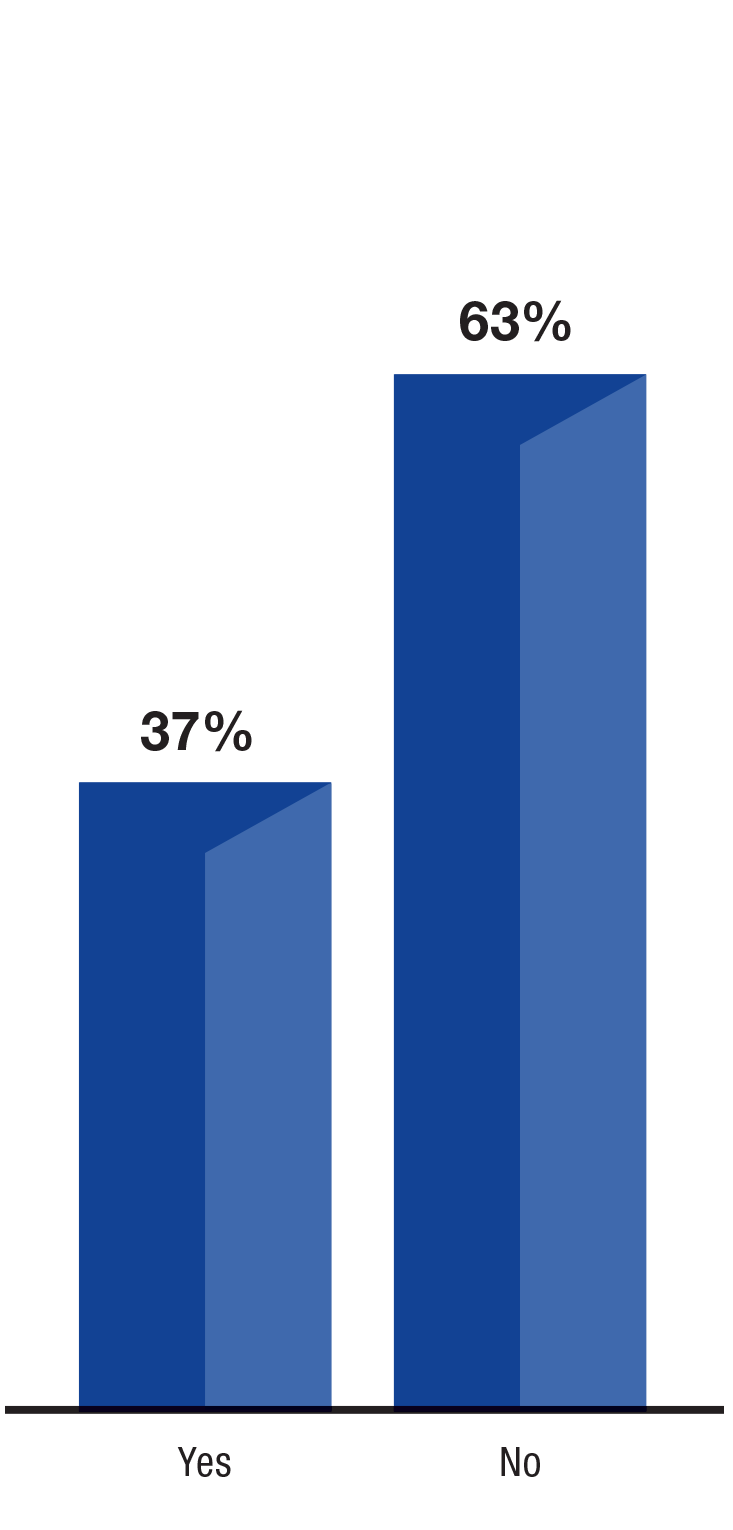The one with which smart devices are compatible.
Wickening, stretch, keeps temperature of wearer.
Clothes that can connect with fitness apps to help track vitals and progress.
Adjusts to my temperature - if it’s cool outside, helps me stay warm. If it’s warm outside, helps me stay cool. Wicks water away so i feel dry - fabric does not feel ‘heavy’ as i work out.
Fabric material that performs a specific function.
Fabrics that track info and data about the user/environment.
Fabric with ability to monitor things like temperature and heart rate.
A material that is 0 maintenance, wicking, doesn’t shrink, doesn’t retain odor.
Fabrics technically designed for a purpose, like sweatproof, sunblocking, etc..
A fabric that doesn’t wrinkle easily or collect lint.
Fabrics that feel tailored to your fit and size.
Fancy technology with questionable results.
A way to track your fitness through your clothes.
Clothes that interact with technology.
Fabrics that react to what your body is doing.
Sounds like marketing baloney.
Fabric embedded with one or more devices to monitor HR, BP, sweat, body temp, etc..
Fabric that has the ability to respond based on the conditions.
Responsive to wearer through fit, material or function.
Moves with you.
It means moisture-wicking, warm-when-wet, light and durable and a bunch of other quasi-marketing terms.
Something that is wrinkle free and wicks sweat and can have electronics built in.
Fabrics which make the workout experience more pleasant (i.e. sweat-wicking fabrics).
Integrated with a technology -- whether it’s bacteria-resistant or, measuring biomarkers with a new technology.
Fabrics with some sort of sensor embedded in them.
I have never heard this term before.
Clothes with electronic gadgets in them.
Fabrics that have some sort of technology built in that interacts with smartphones.
That the fabric produces data that claim to measure the fabric’s effectiveness and I should want that data to make better decisions about what shirt to buy and wear.
